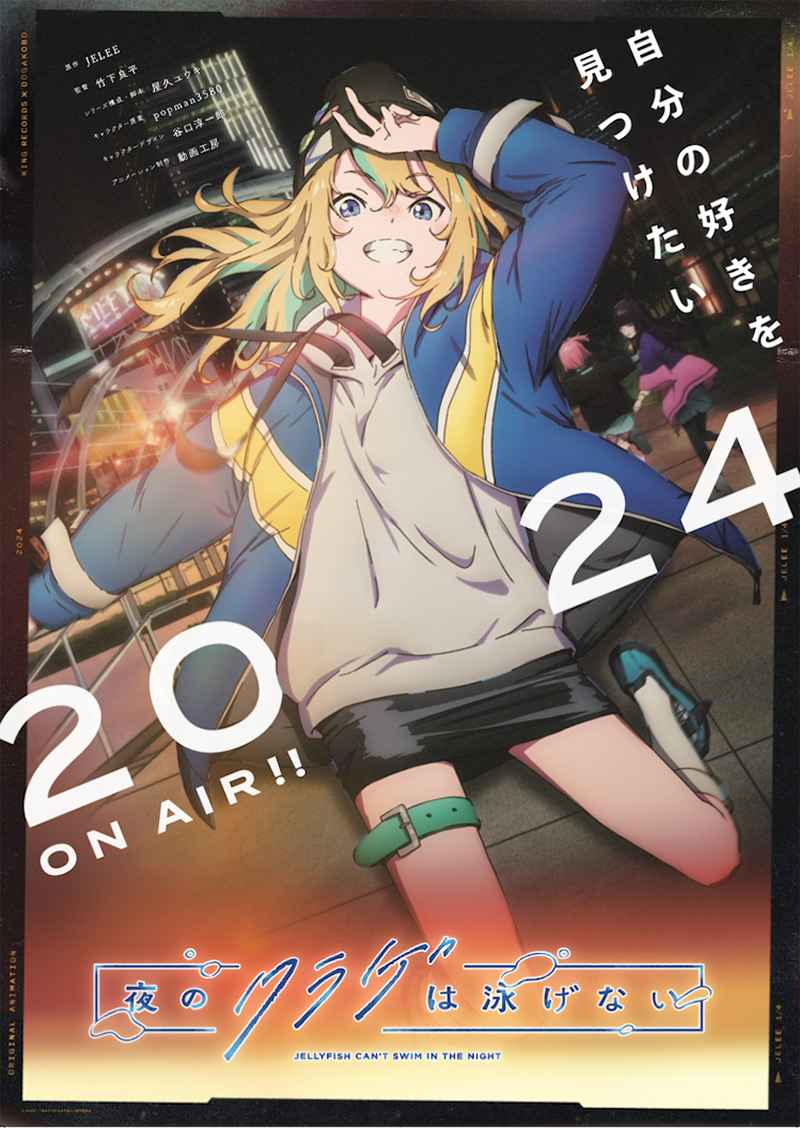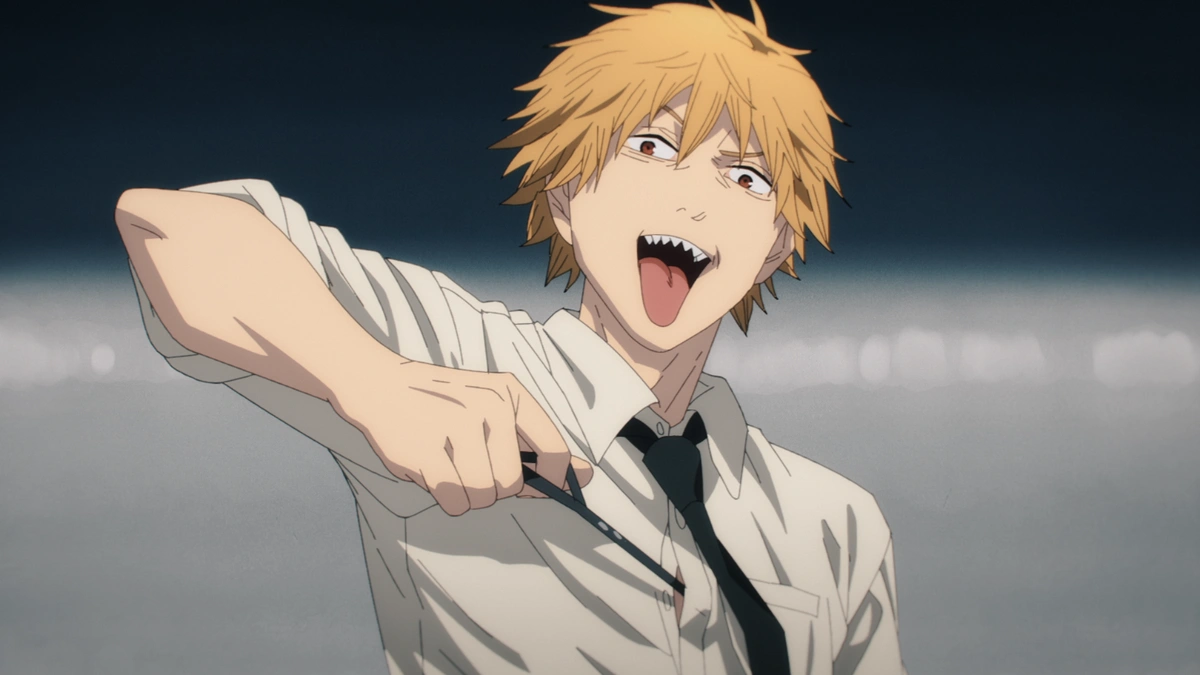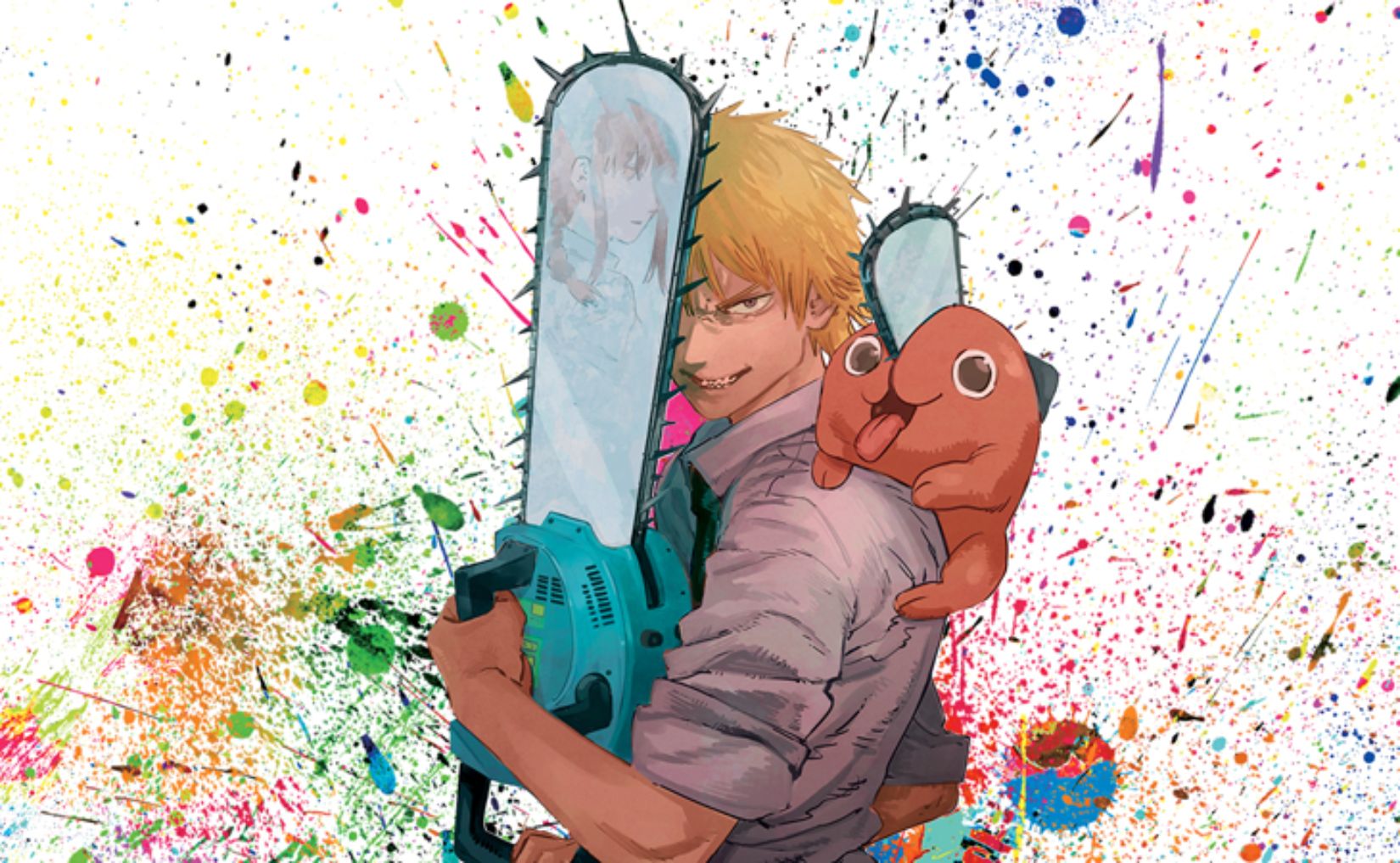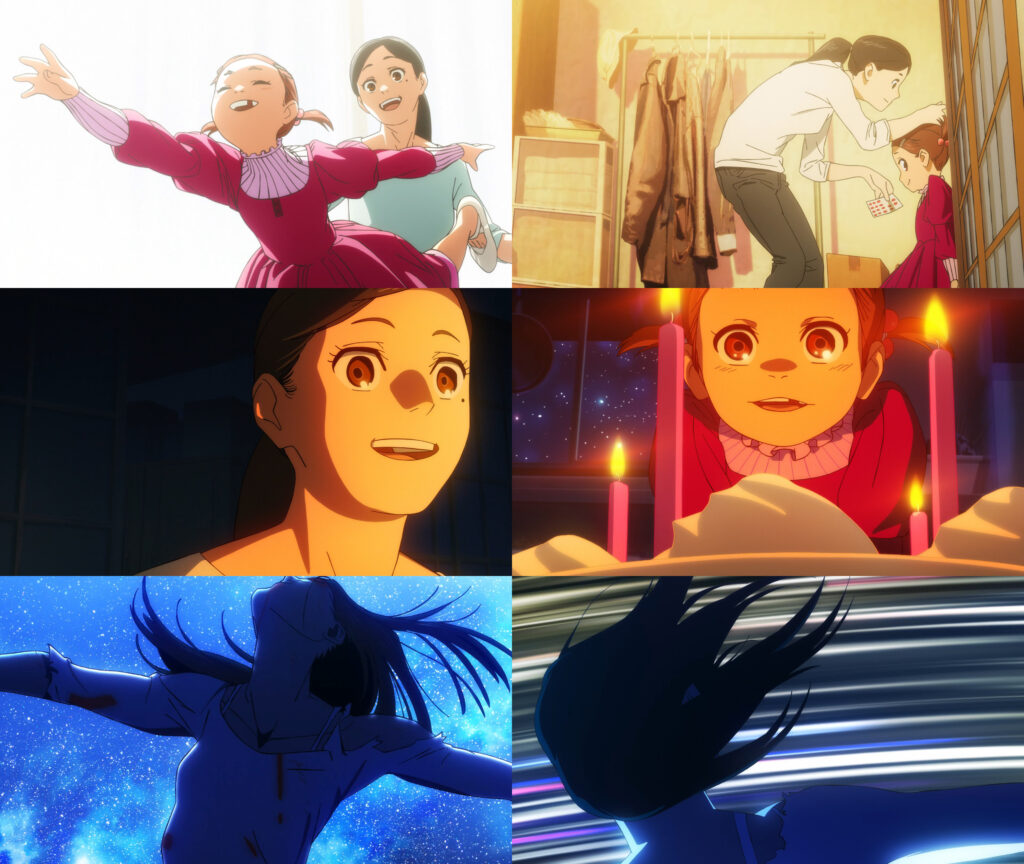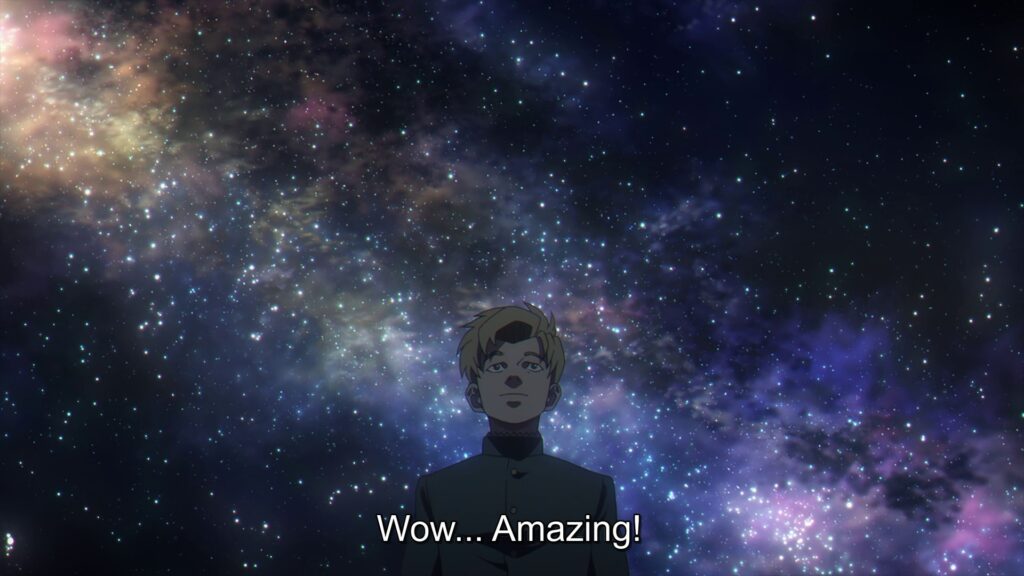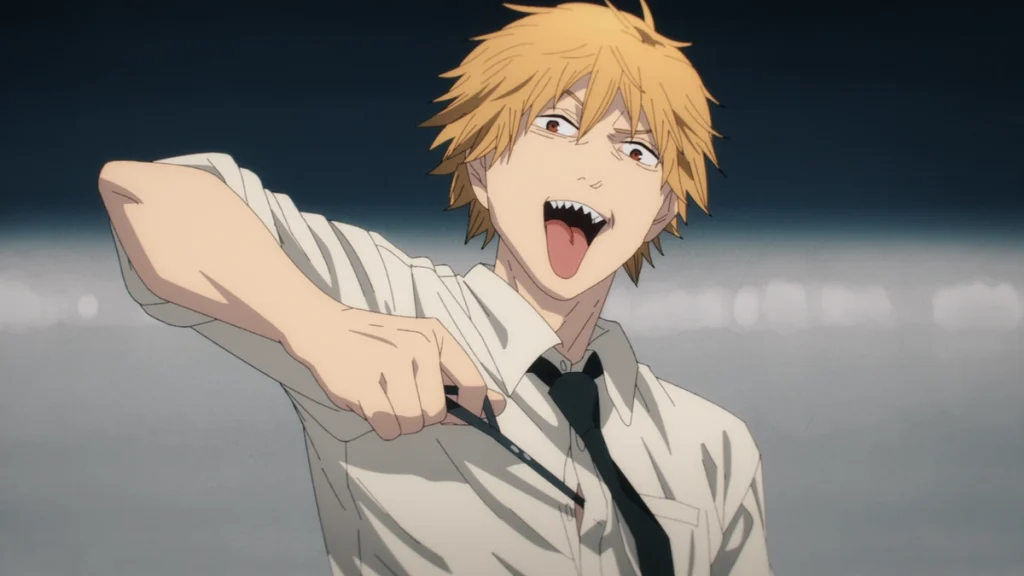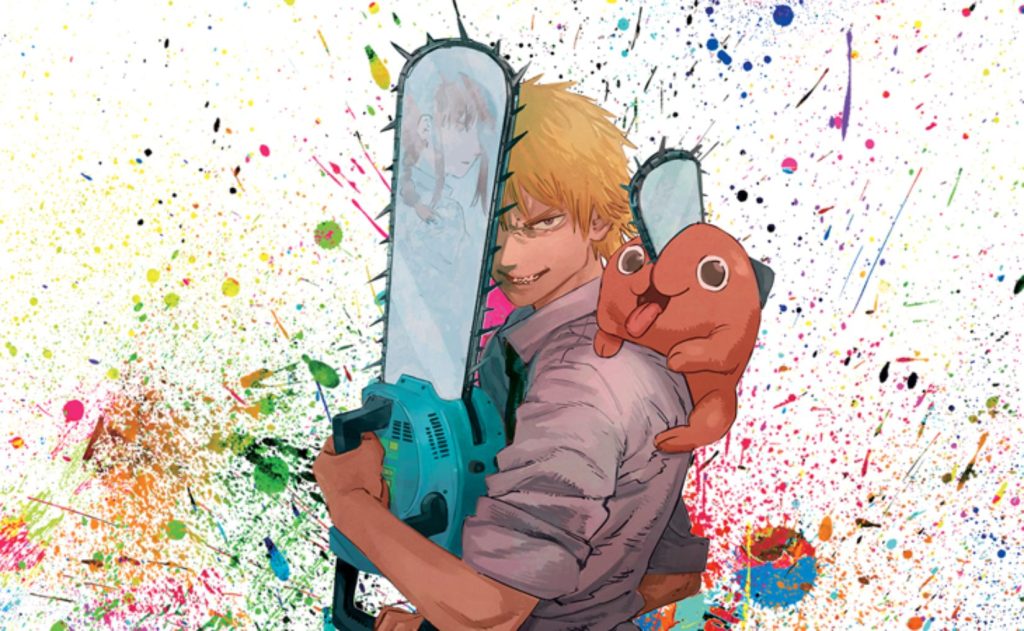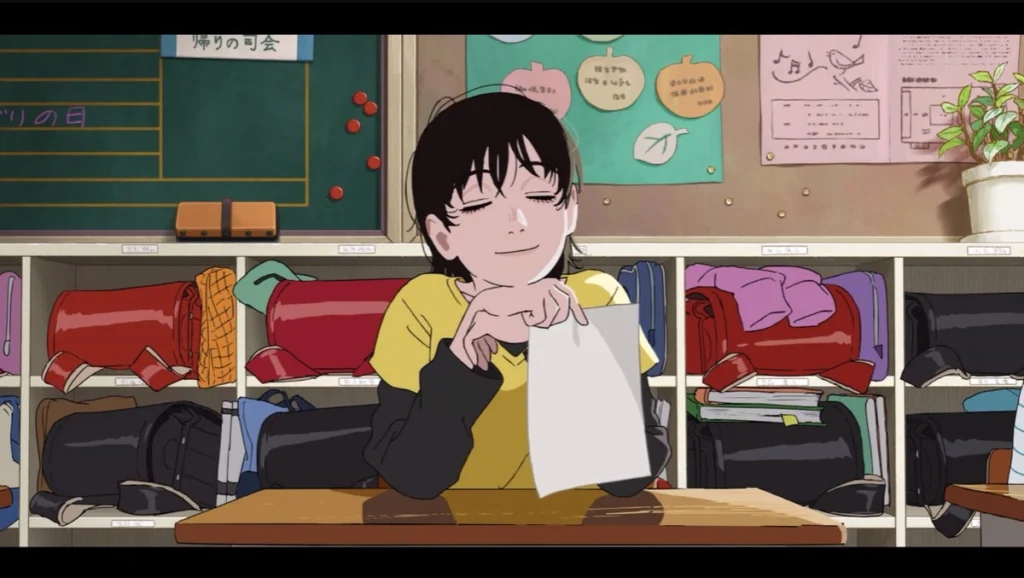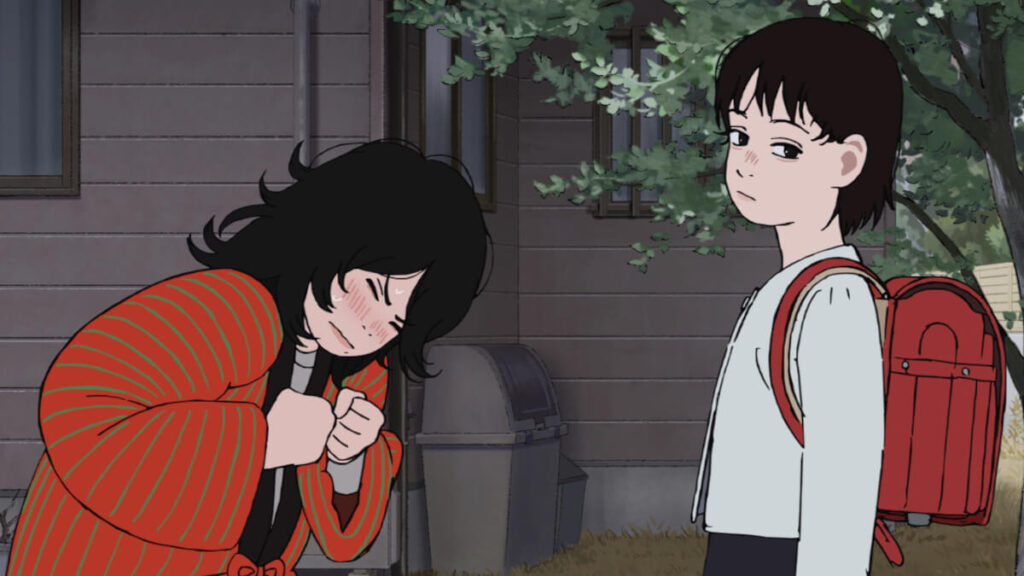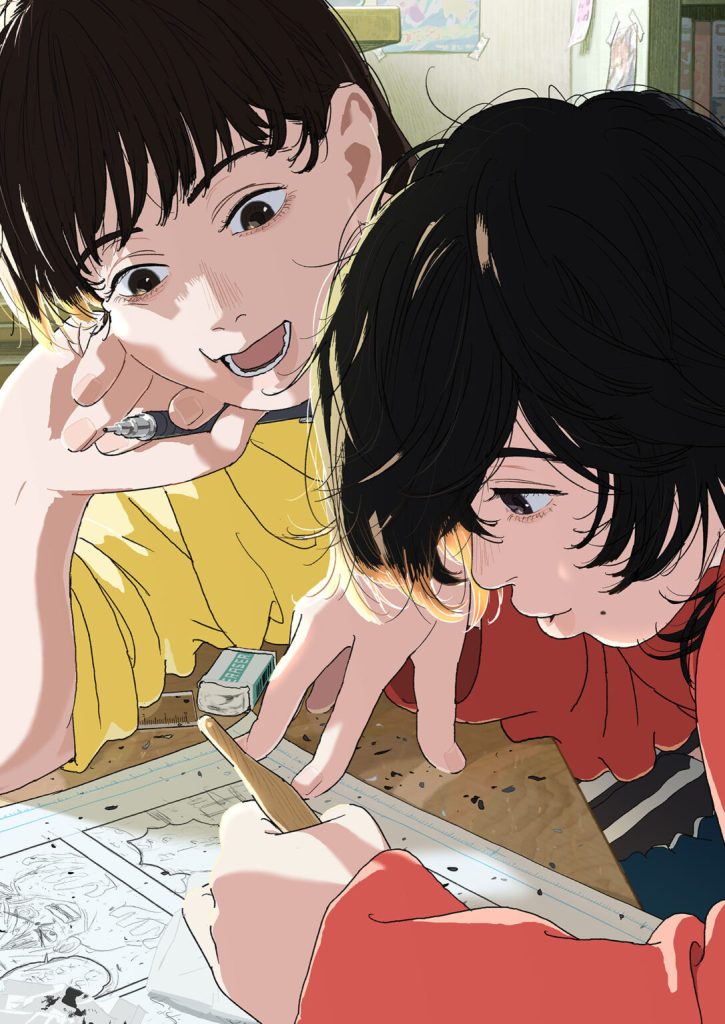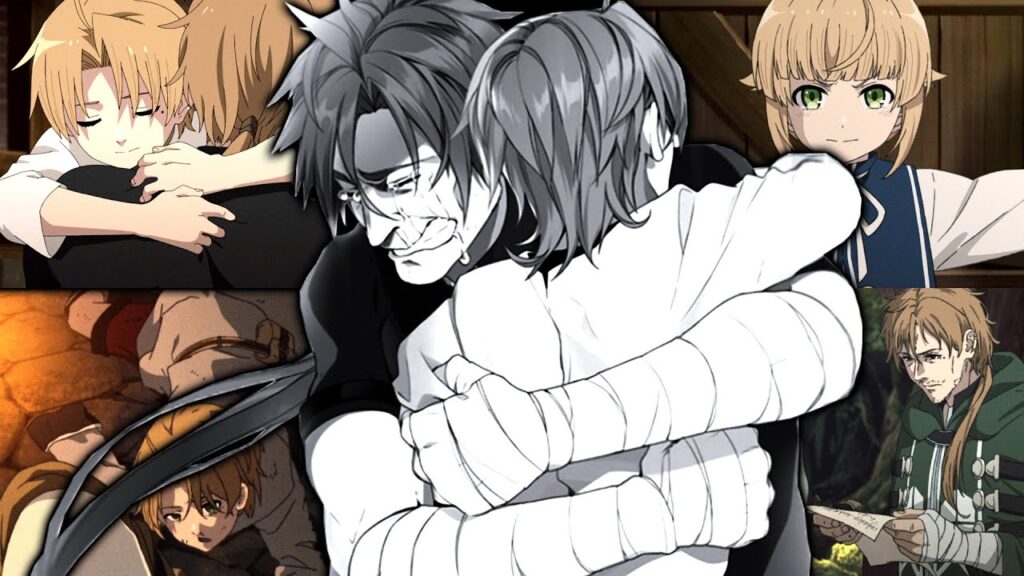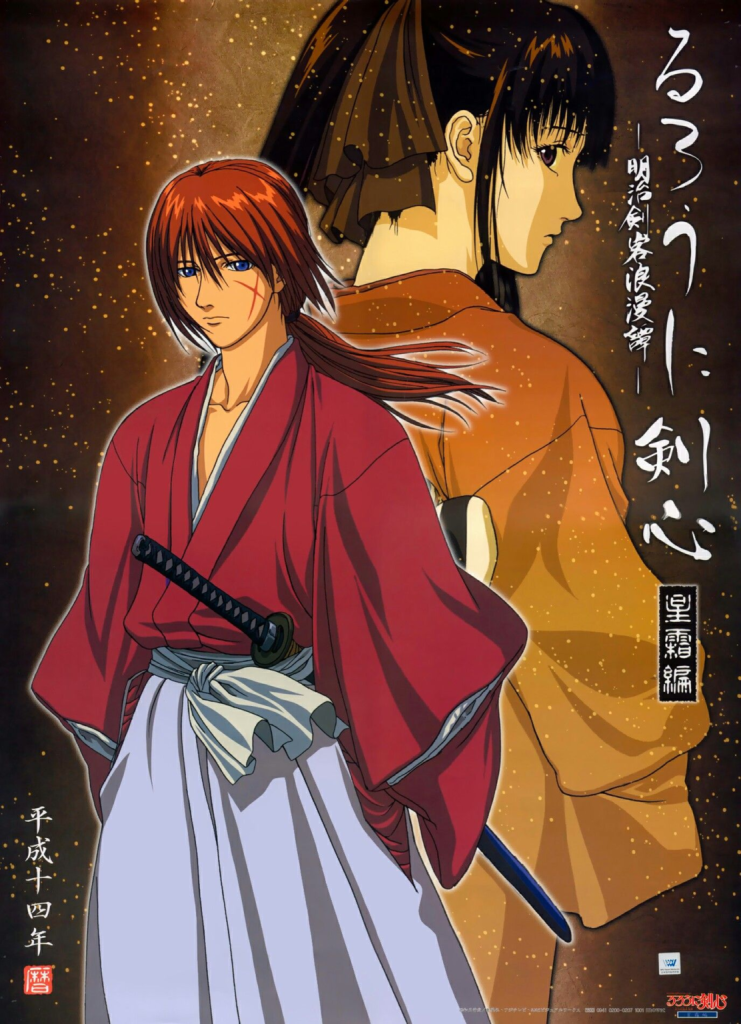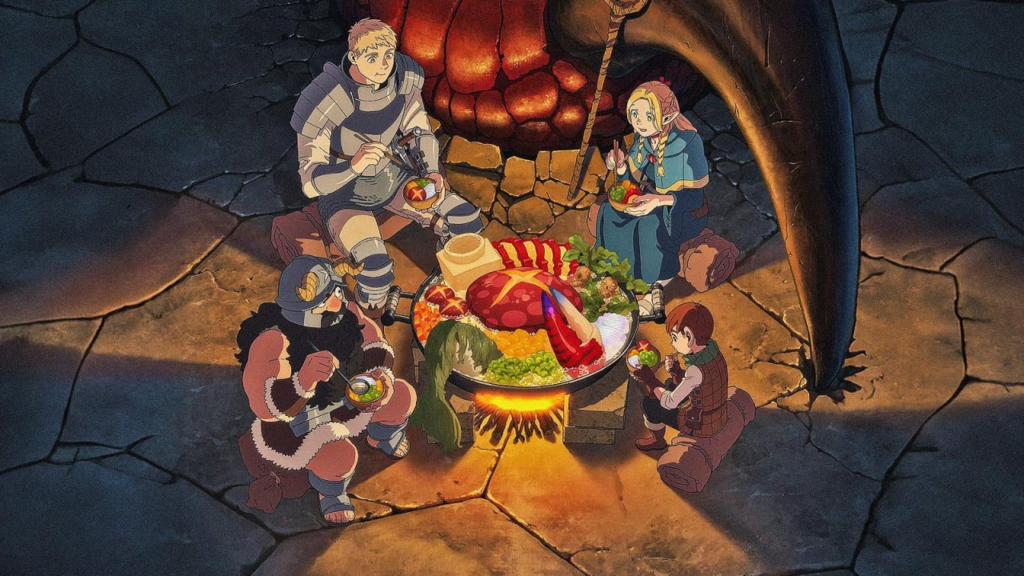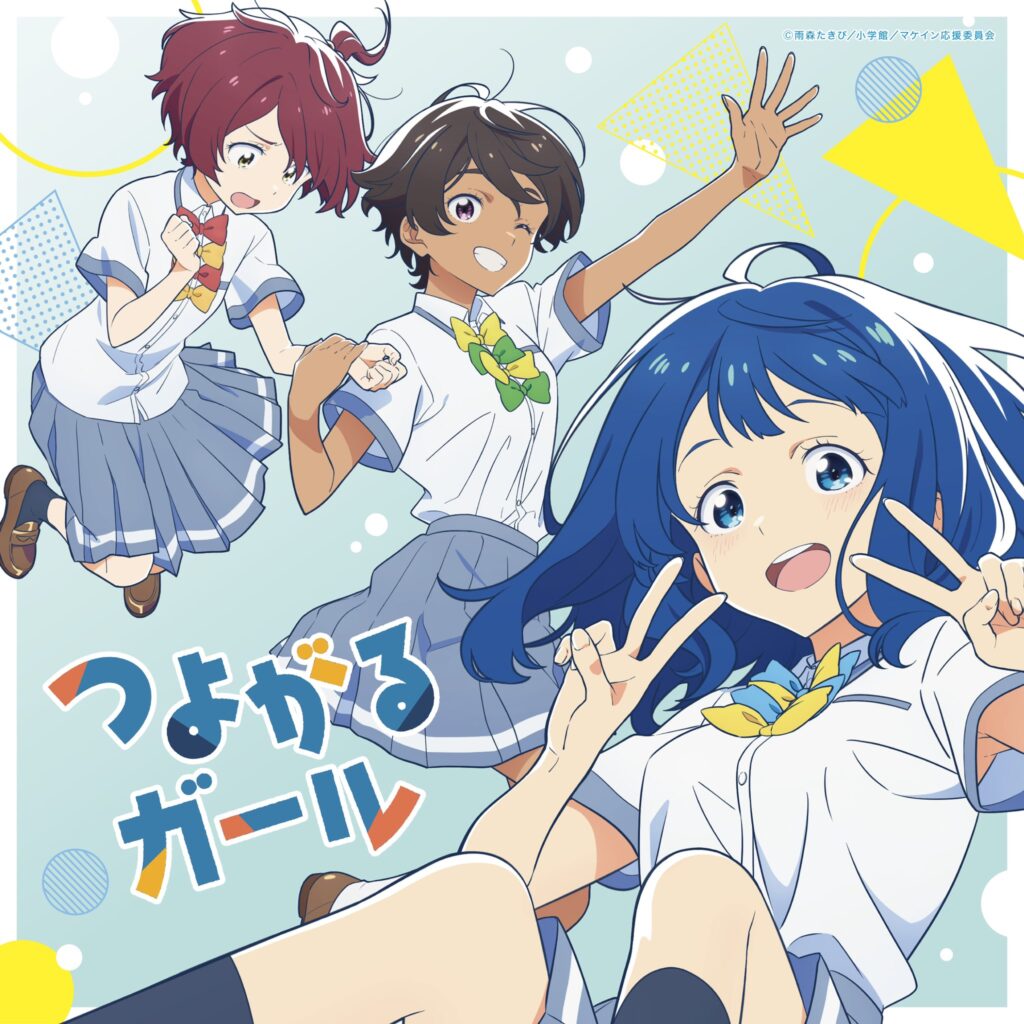his is a work I’ve been particularly drawn to, and I genuinely love how it portrays the theme of “night.” Its quality has left me thoroughly satisfied. The gentle and charming style, soothing color palette, distinct character settings, and modern pop culture elements are woven in everywhere. When I first read about it, my immediate thought was, “Could this be a story about the staff at Doga Kobo? Isn’t it just like them—each person bringing their own unique hue, coming together to shine, exactly as this work aims to convey?”
A Modern Reflection
The use of social media trends from the 2020s onward really struck a chord with me, and I believe it’ll remain a strength throughout the series. The way it weaves in social media slang, events, and idol scandals paints a vivid picture of today’s youth. It doesn’t just capture our carefree, laid-back lifestyle—sometimes tinged with laziness, chasing trends, snapping selfies, and so on—but also how we live online: checking in on Instagram, scrolling through X or Facebook, filming TikToks, and streaming live on our channels.
I still feel that in this digital age, we need stories that reflect our real lives and highlight the impact of the internet and media on us. We shouldn’t keep sinking deeper into the virtual worlds we build day by day, where everything feels too perfect and modern, ignoring the need for “change.” That risks leaving our lives hollow, bland, trapped in a loop of the past—retracing steps we’ve already taken.
A Different Kind of Journey
The presentation of the show matters too. It might not reach profound new insights about life, but capturing and holding onto these moments is vital. Back to the episode’s content: it’s not the usual trope of a girl chasing her dreams and rising against the world—not in the exaggerated “making the world acknowledge me” sense. Instead, it’s about safeguarding the past—a flicker of passion still lingering in her soul.
Ties to past wounds stand out in the story, like Mahiru’s jellyfish painting mocked by her peers or Kano facing criticism. The theme of “looking back” runs through the episode. Looking back at a childhood shaped by a changing city, at her own creations, at the origins of her love for drawing. Her pursuit of her dream stems from “frustration and regret over heartfelt works dismissed by others.” Facing them again, she’s flustered, tongue-tied, quick to give up.
Her growth in chasing her passion diverges from the typical anime arc—no brooding resentment or withdrawing from society only to rediscover her spark after some dramatic event. Instead, Mahiru recognizes “her mismatch with life, her struggle to fit in,” occasionally reflecting on passions she once pursued. Standing before a work she’d buried deep in her memory, seeing her blackened-out signature, she realizes those emotions aren’t something she can let go of.
So, Mahiru’s emotional journey unfolds like this: clinging to the past, grappling with her misfit life amid introspection and confusion, and, with a push, deciding to explore herself to protect her passion.
A Cry for Passion
“Don’t ruin my painting anymore!” It’s not just anger—it’s belief in it. It’s not only about self-defense but guarding the last embers of her passion.
Beyond Mahiru, Shibuya itself is beautifully depicted, brimming with modernity—the bustling lights and vibrant colors under the night sky. Yet beneath the glitz, you sense the anxiety of its people, constantly pushing themselves, competing for attention, fearing they’ll be left behind if they don’t stand out enough.
Angels, Demons, and Jellyfish
A neat detail is the inclusion of an angel and a demon, with their roles subtly flipped in a fleeting moment. Mahiru first picks the demon costume, reflecting her fading dreams, but Kano snatches it first—a hint that Kano’s reigniting the light for the angelic Mahiru to rediscover herself. Then, in the scene with the angel and demon beneath the jellyfish painting, the demon whispers softly to the angel.
It’s a portrait of temptation—the demon coaxing the angel. Then, the demon voices the angel’s thoughts and desires aloud. Soon after, the demon pulls the angel into a new world, breaking the rules holding her back, freeing the angel from her inner prison to spread her wings and face everything head-on. She tears the poster, smears lipstick across her artwork. After the performance, the demon draws the angel into Shibuya’s pulsing nightlife, its colorful lights revealing a night as radiant as a jellyfish—familiar yet forgotten, beautiful and shimmering.
The scene of the two running under Shibuya’s lights feels delicate. Stripped of everything else, it’s just the road, two small figures, and the sparkling city behind them. This is truly Shibuya—vibrant, dynamic, always surprising.
“Though jellyfish can’t swim or shine on their own, they can glow by gathering outside light. If I’m with Kano, could I shine brightly too?”

